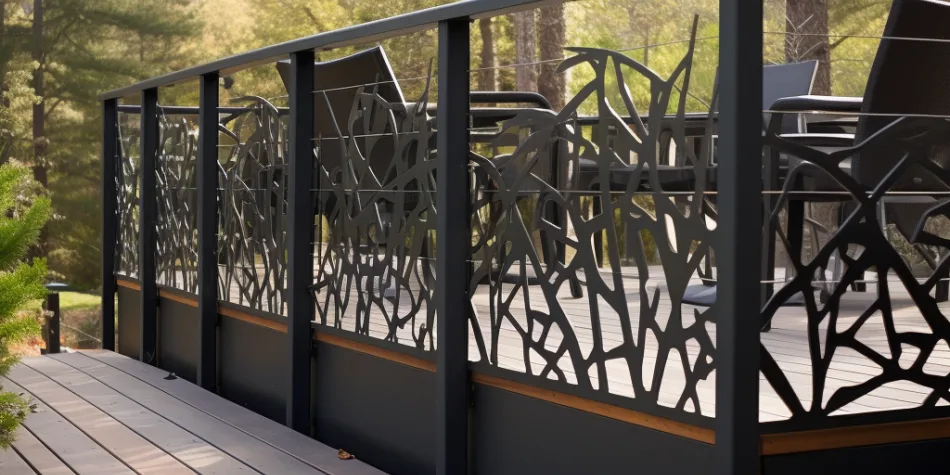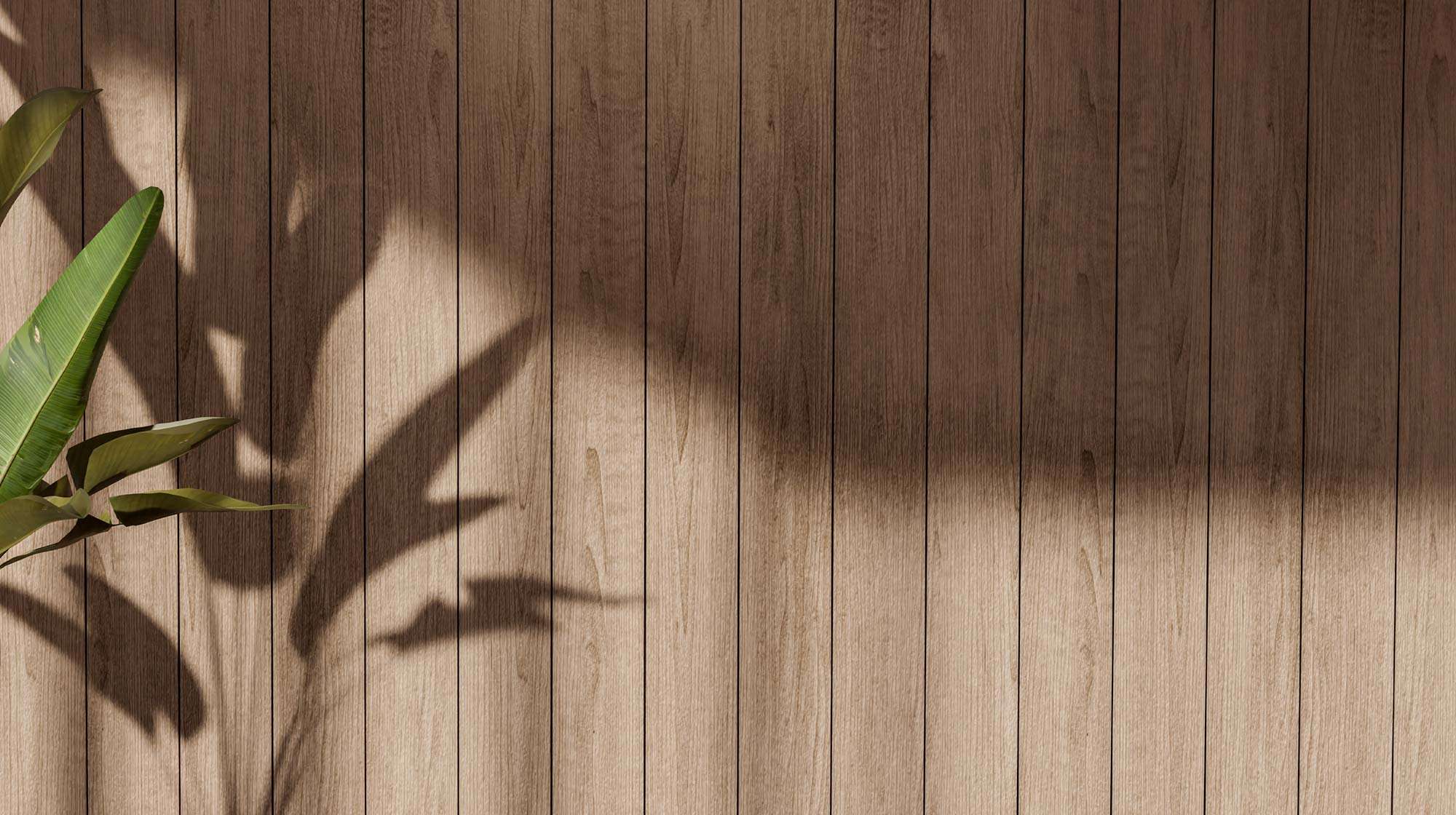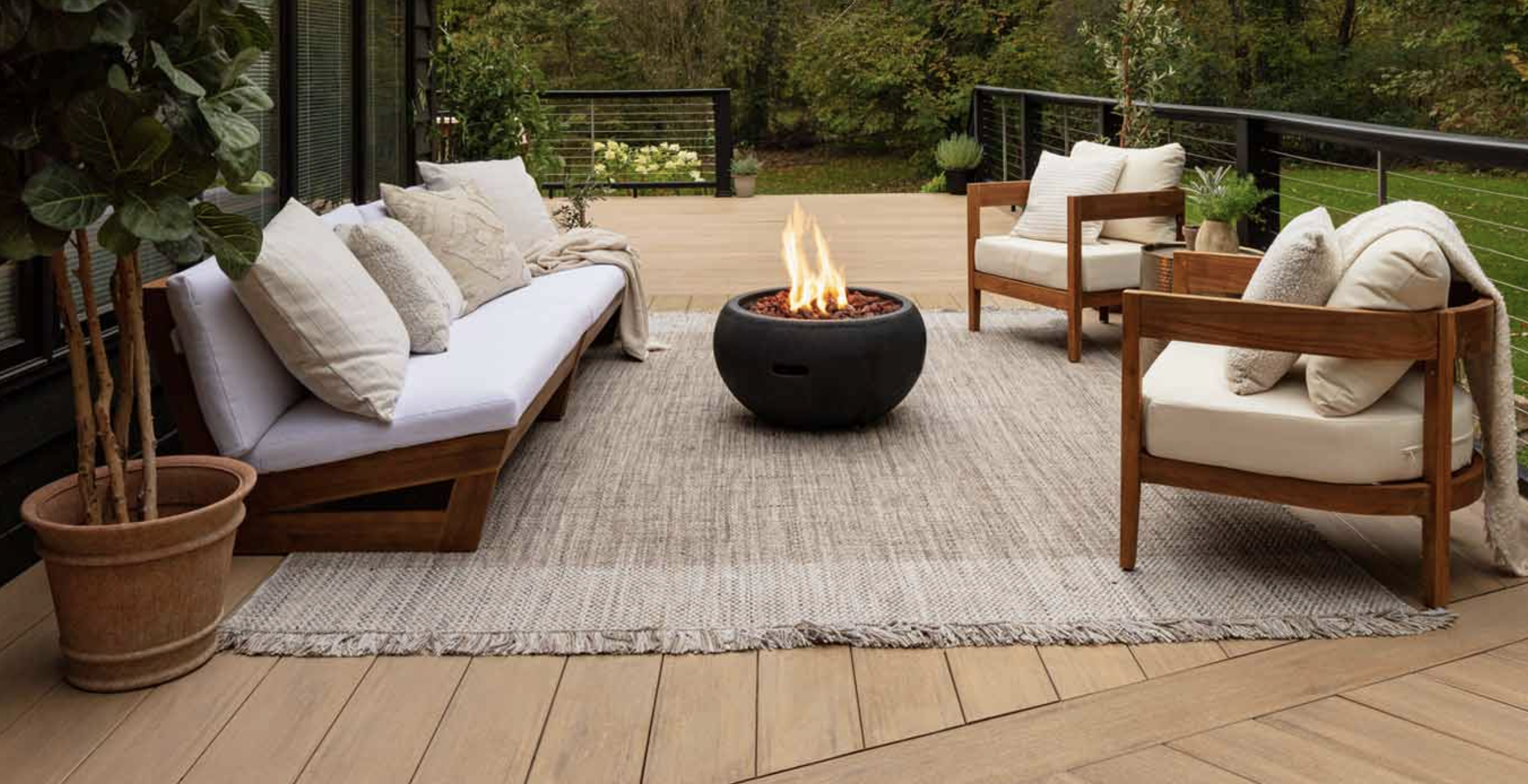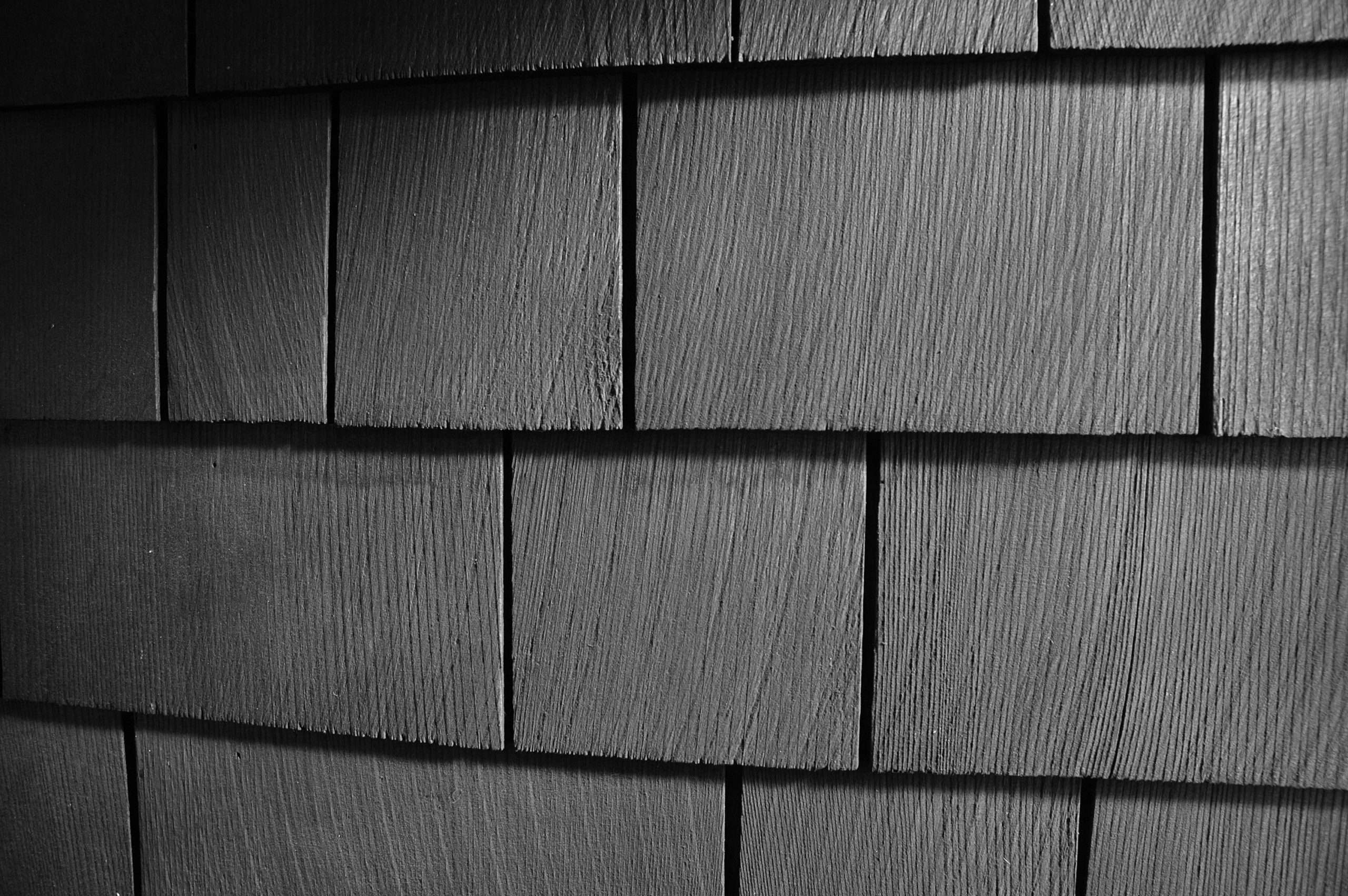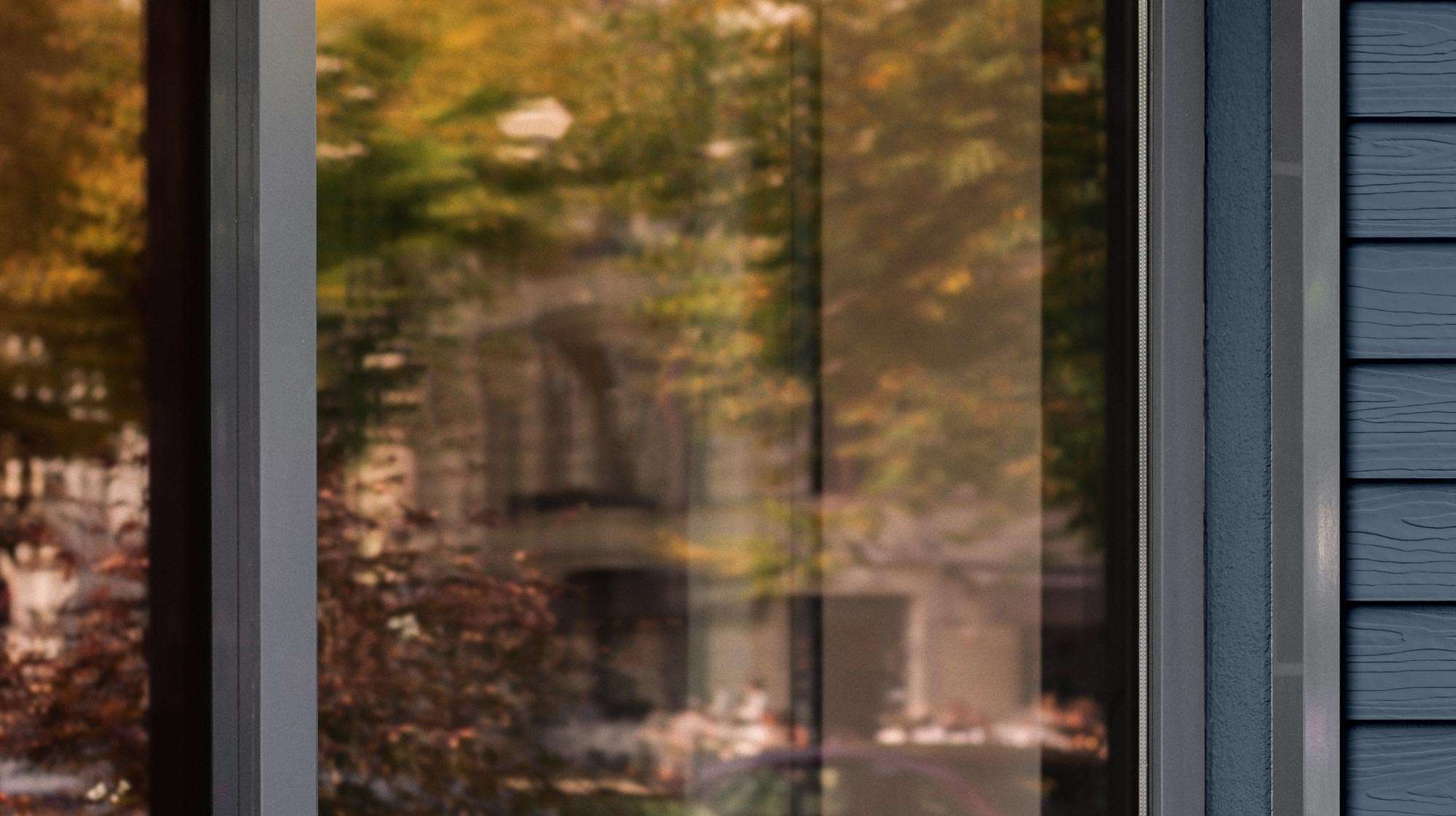Metal railings are not just functional components of buildings and structures; they also contribute to the aesthetics and safety of spaces. Have you ever wondered about the science and craftsmanship that go into making these essential features?
Table of Contents
- Materials Matter
- The Design Process
- Fabrication Techniques
- Safety and Regulations
- Rogall + Co. Craftsmanship
Materials Matter
The first step in creating metal railings is selecting the right materials. Common choices include steel, aluminum, iron, and stainless steel, each with its unique properties.
Known for its strength and durability, steel is a popular choice. It's often used for outdoor railings due to its resistance to corrosion when properly coated. Lightweight and corrosion-resistant, aluminum is a versatile option for railings. It's particularly well-suited for structures near water. Wrought iron, with its classic look and strength, is a timeless choice. However, it requires regular maintenance to prevent rust. Exceptionally corrosion-resistant and low-maintenance, stainless steel is an excellent option for both indoor and outdoor railings.
The Design Process
Crafting metal railings begins with a carefully planned design. Architects and designers work together to create railings that meet both functional and aesthetic requirements. Advanced Computer-Aided Design (CAD) software helps visualize the final product, ensuring precision in every detail.
Fabrication Techniques
Once the design is finalized, the fabrication process begins. This is where the science of metallurgy and engineering comes into play
First, Metal bars or sheets are cut into the desired lengths and shapes. Modern techniques such as laser cutting ensure accuracy and consistency. After that, the metal components are joined together. Welding techniques vary depending on the type of metal being used. Proper welds ensure the railing's strength and structural integrity. After welding, railings go through a finishing process. This can include grinding, sanding, and polishing to achieve a smooth surface. Coatings, such as powder coating or paint, are applied for protection and aesthetics. Components like balusters, handrails, and posts are assembled to create the final railing system. Precision is essential to ensure the railing's stability and safety.
Safety and Regulations
Science plays a significant role in ensuring that metal railings meet safety standards and building codes. Engineers use calculations and simulations to determine factors like load-bearing capacity and structural integrity. Railings must withstand various forces, including lateral pressure and dynamic loads, to ensure they keep occupants safe.
Rogall + Co. Craftsmanship
When it comes to metal railings, precision and craftsmanship are non-negotiable. At Rogall + Co., we can help you find the perfect metal railing to complete your space. Whether for residential or commercial projects, our team ensures that every railing we install is a work of functional and aesthetic excellence. Trust us to bring your railing vision to life.
